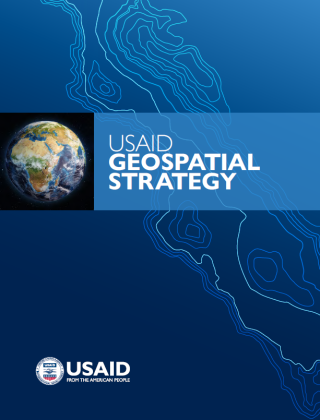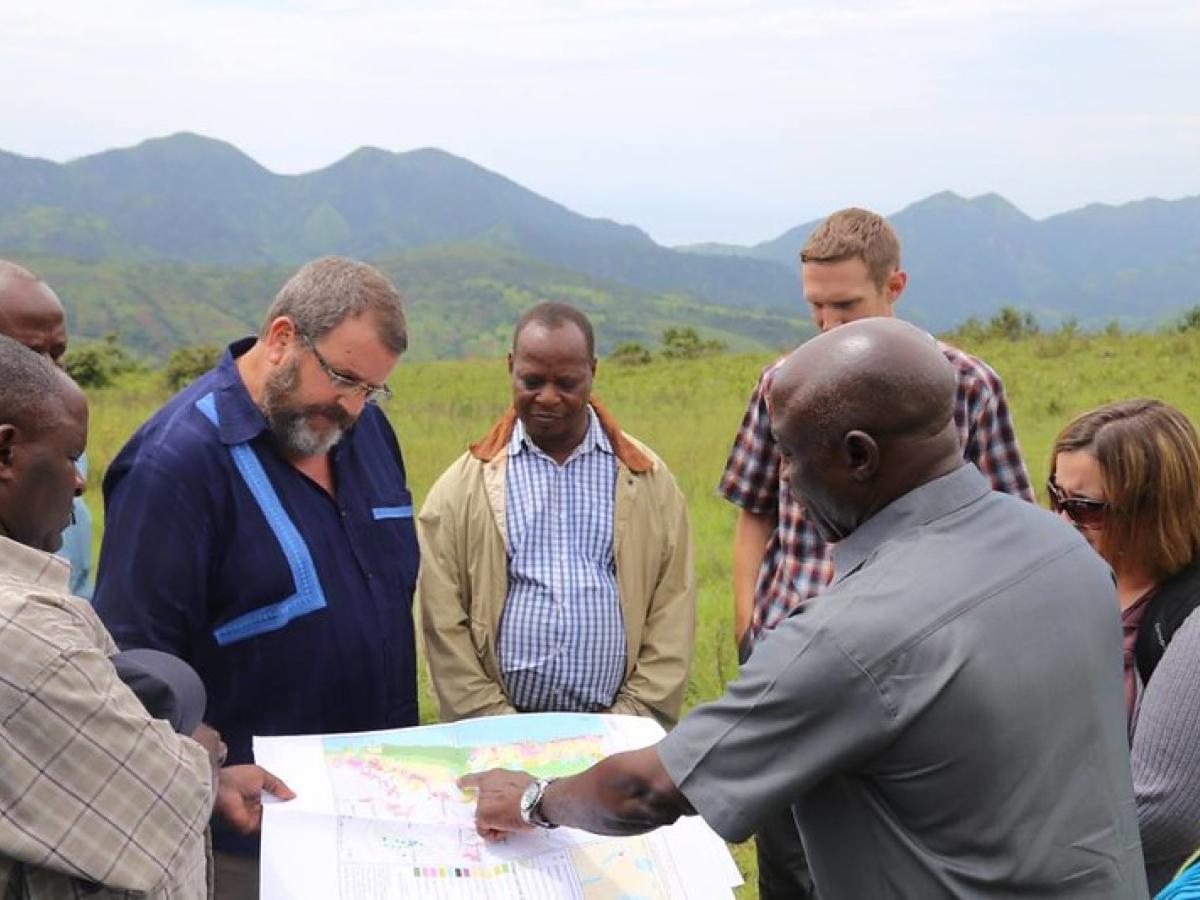USAID's 2024-2028 Geospatial Strategy promotes leveraging the power of geospatial data and technology to target the delivery of international programs.
The Strategy envisions a future in which a geographic approach empowers USAID and its partners to apply all forms of data more effectively to advance international development and humanitarian assistance outcomes. This approach brings together geospatial data, mapping technology, and analytical expertise to illuminate where development needs are concentrated, track where programs are being implemented, and measure the effectiveness of USAID's programs by geographic location.
Primary TextWe have seen the power of geospatial technology to make USAID's humanitarian and development assistance more effective--from creating interactive maps and dashboards to inform disaster response to using satellite imagery to analyze climate impacts. Analysis of geospatial data allows us to uncover insights about local needs, make more informed decisions, and better target lifesaving assistance."
- USAID Administrator Samantha Power
Read the Geospatial Strategy
Where we work shapes how we work.

Strategic Objectives
The Geospatial Strategy will guide USAID's efforts to institutionalize the use of geospatial technologies to achieve greater efficiency in programs, operations, and development outcomes. Four strategic objectives will help realize the vision of the Strategy:
1. Expand access to geospatial data and tools to strengthen the planning and implementation of USAID programs.
2. Strengthen USAID's capacity to use geospatial data, technology, and expertise for decision-making.
3. Advance USAID policies and practices by applying geospatial information.
4. Provide global leadership in applying geospatial solutions for development and humanitarian assistance.
Learn More
Learn more about the Geospatial Strategy and the impact of geographic information at USAID:
Questions? Email us at digitaldevelopment@usaid.gov.





